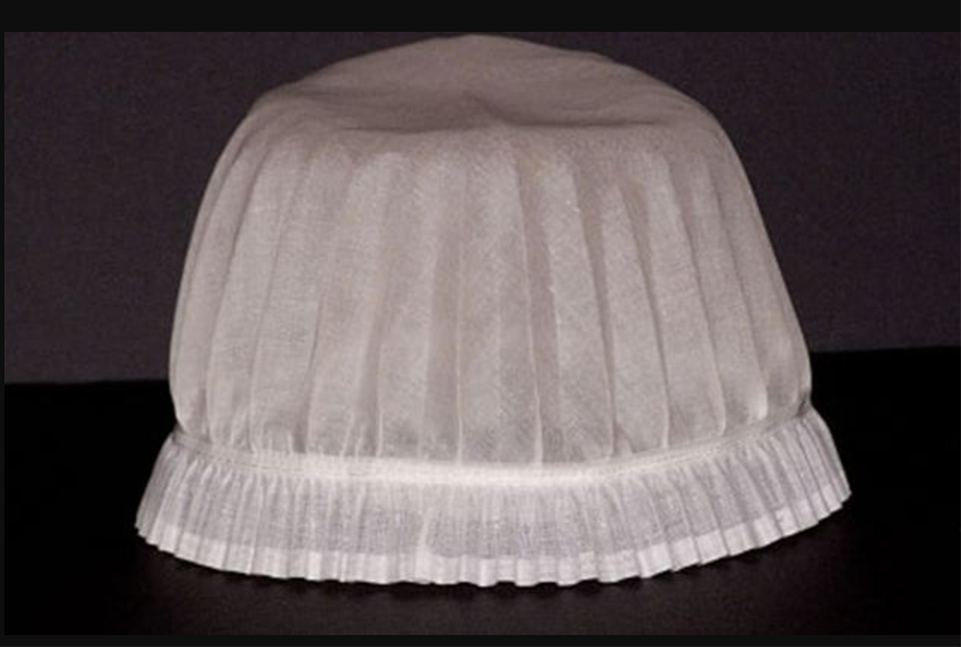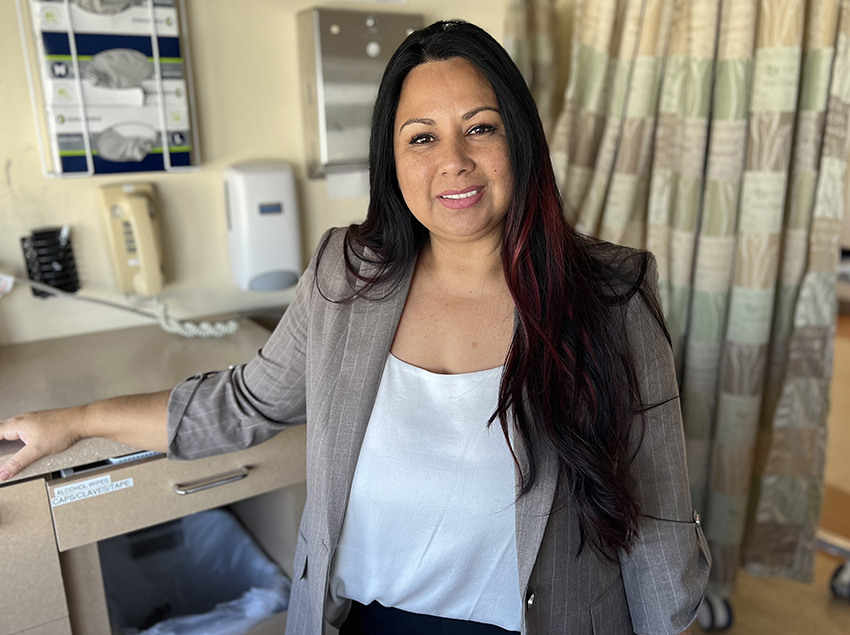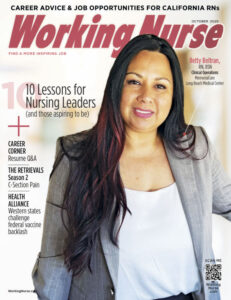Feature
Whatever Became of Nursing Caps?
Frilly or starched, they were once icons of the profession

Ask a working nurse today about nursing caps and she will probably tell you about the oversized paper bonnet that covers the hair during surgical procedures and is tossed out after a single use.
Ask a retired nurse, however, and it’s likely her eyes will glaze over with nostalgia. She’ll tell you about her early career and the pride she took in her spotless uniform and neatly starched white cap.
Finding out where one era stopped and the current capless one began took a little bit of sleuthing. Like so many things in our profession, the transition didn’t happen all at once.
From Nuns to Nightingale
First, let’s recap (no pun intended) some history of nursing. The first nurses — if you were lucky — were members of your own family, probably women, who learned how to be medical caretakers from friends and other family members.
Many early midwives fell into this category. Few of these early lay nurses had any formal training, and they didn’t wear a distinctive uniform.
Later, nuns (and occasionally monks) took on this same role for the indigent and those with no families to care for them. Because many early hospitals were founded by religious orders, care for the sick became associated with the nun’s habit.
It was Florence Nightingale (1820–1910) who fought to transform nursing into a secular profession by setting standards of practice for nurses. Part of that process was establishing a “look” for her nurses that would clearly identify their role while distinguishing them from nuns.
Thus, around the 1860s, the nun’s bandeau and veil gradually gave way to a shorter, simpler head covering.
A Cap for Every Program
In the late 1800s, New York City’s Bellevue Hospital became the first nursing school in the United States to be founded on Nightingale’s principles, offering a one-year training program.
By 1900, our country had more than 400 hospital-based nursing schools, with curriculums ranging from six months to two years.
Filling hospital positions was the central goal, so nurse training soon evolved into a three-year apprenticeship, with student nurses working long hours on the floors while continuing some additional academic classes.
Just as each school set its own standards, each hospital also adopted its own student nurse uniforms. The designs varied, but most included a cap as well as a dress and smock or pinafore, often covered by an apron.
A nursing student usually started with a basic white cap, to which stripes or ribbons were added as she advanced. These cap variations enabled patients and hospital staff to easily distinguish trained nurses from students on the floor.
The distinctive designs were also an early example of “branding”: Your cap signified that you were part of a particular program.
Although most hospital-based nursing programs were intended to prepare you for a job in that hospital, if you left to seek employment elsewhere, you took the cap with you. Knowledgeable colleagues could identify where you had trained just by looking at your cap.







